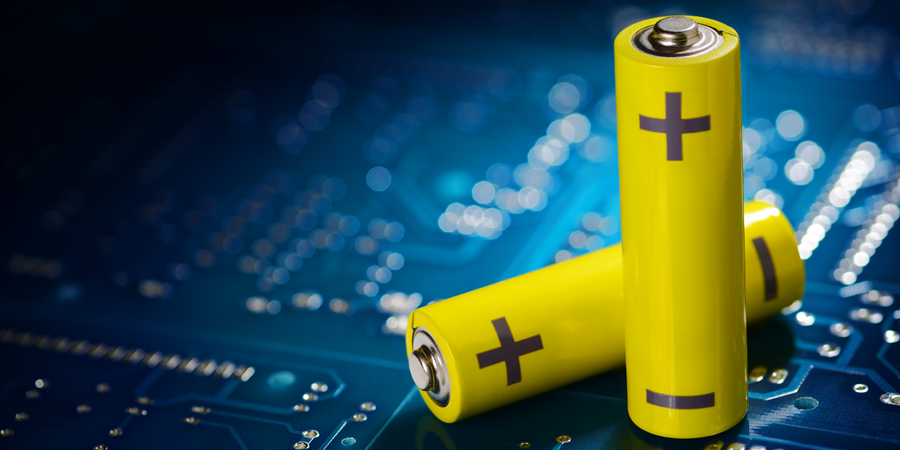STORY CREDITS
Writer: Tanumita Misra
Photo: IITGN Photos
From smartphones to electric vehicles, fast-charging batteries are essential for modern technology. To meet the growing demand for quicker, more reliable power solutions, scientists are exploring quantum batteries (QBs), a class of next-generation energy storage devices, as potential solutions. A recent collaborative study by researchers from the Indian Institute of Technology Gandhinagar (IITGN), Zhejiang University, and the China Academy of Engineering Physics suggests a surprising way to enhance the charging performance of QBs by tapping into a quantum effect that is typically seen as a source of loss for these batteries.
What are Quantum Batteries?
Unlike conventional batteries that store energy through chemical processes, QBs are composed of small-scale quantum systems—such as atoms, ions, or quantum bits—that operate using the principles of quantum mechanics. These systems can exploit quantum features like entanglement (where particles become linked such that the state of one instantly influences the other, even at a distance) and quantum coherence (the ability of quantum systems to exist in a superposition of multiple states) to enable ultrafast and efficient charging mechanisms.
These unique quantum properties allow QBs to outperform conventional batteries in terms of both speed and energy management. However, a major challenge in the practical realisation of these batteries is their sensitivity to the surroundings. “When a QB interacts with its environment, it undergoes decoherence, a phenomenon that usually disrupts its quantum properties and reduces efficiency,” explained Prof Prasanna Venkatesh, an Associate professor of Physics at IITGN and one of the authors of the study.
Harnessing Decoherence for Improved QB Performance
This study, published in npj Quantum Information, introduces a new perspective on dephasing, a specific type of decoherence. Typically viewed as an obstacle in most quantum technologies, dephasing is a phenomenon that is minimised or eliminated, as it tends to destroy the delicate quantum states essential for the system’s operation. Interestingly, the team found that dephasing, when carefully controlled, can instead be harnessed to enhance the performance of QBs.
In their model, a QB is charged by another quantum system referred to as a charger, and the charger is influenced by dephasing. They discovered that adjusting the level of dephasing could make the energy transfer from the charger to the battery significantly faster and more efficient.
“If the dephasing is too weak, the energy tends to move back and forth between the charger and the battery without settling,” explained Dr Rahul Shastri, the first author of the study. “On the other hand, if it is too strong, it disrupts the energy exchange by freezing the charger’s state.” The researchers found that with an optimal level of dephasing, it is possible to achieve a sweet spot for fast charging while maintaining the stability of their quantum states. “With the right degree of control, dephasing can lead to robust and more stable charging, offering a promising way to overcome the environmental challenges in the development of practical quantum energy devices,” emphasised Dr Shastri.
By showing how environmental effects, rather than being eliminated, can be strategically optimised, the study offers new insights that could shape energy management in the emerging field of quantum technology. As the world moves towards cleaner energy and smarter systems, innovations like these could reshape how energy is stored, transferred, and managed in the decades to come.
The other authors of the study include Gentaro Watanabe (ZJU 100 Young Professor at Zhejiang University, Hangzhou, China), Chao Jiang (Post-doctoral Fellow at the China Academy of Engineering Physics, Beijing, China), and Guo-Hua Xu (Doctoral Student at Zhejiang University, Hangzhou, China).

